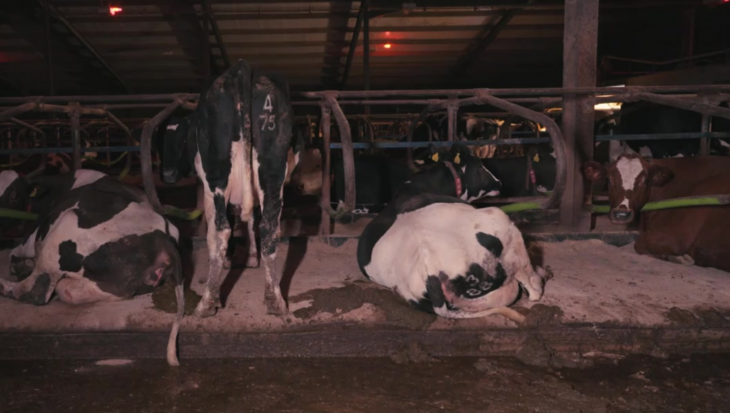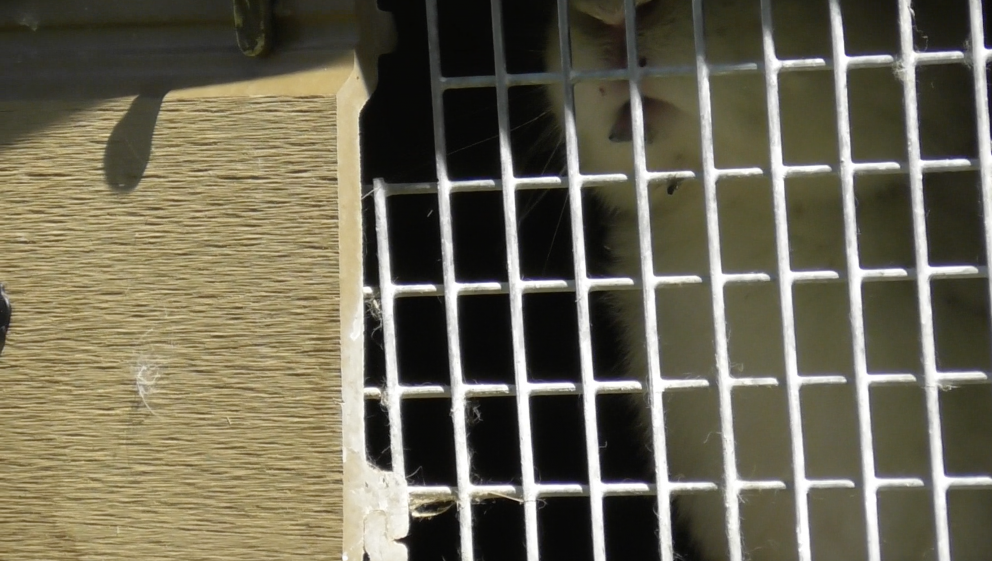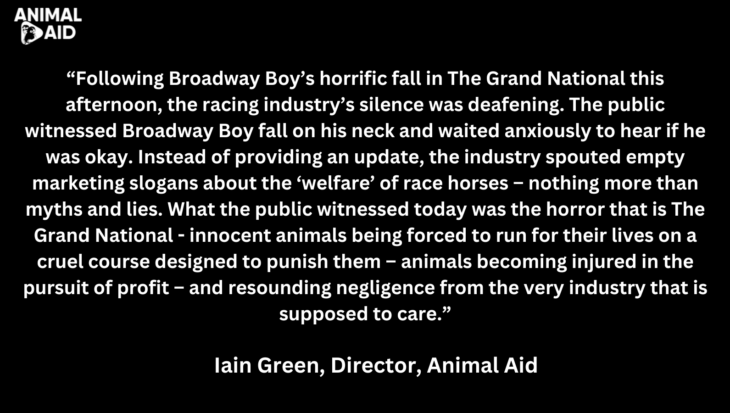Unfortunately, animal welfare is not a consideration in the planning process. Whilst you may feel the most important factor to mention is animal welfare and suffering, this will not be considered by the authorities. You can of course mention your concerns, but your objection will have more bearing if you focus on a range of alternative points.
Here are some potential points to include:
Foul odour and noise. Farming hundreds or even thousands of rabbits on such an intensive scale will undoubtedly produce a great amount of waste and ammonia, which apparently will not be removed, but left on the ground to rot leading to foul odours and flies.
Special protections
- The site is in a “Farm Wildlife Package Area” and is noted to be home to protected species such as Lapwings.
- The site also borders an area of National Forest.
- The site is in a higher-level stewardship area. The aims of the stewardship are wildlife conservation, maintenance and enhancement of landscape quality and character, natural resource protection and protection of the historic environment. Despite all this, there has been no ecological appraisal conducted in the application documents.
Disease management
- There are no measures outlined on how they intend to combat the spread of disease in the rabbits.
- There is a risk of disease outbreaks if rabbits are not kept in very hygienic conditions with regular cleaning of housing and pens. The rabbits would need to be circulated on the range and the ground left fallow for suitable stretches of time. We question how this may be achieved with hundreds, if not thousands, of rabbits, and in the presence of wild rabbits.
Wildlife
- At a time when we must be doing all we can to protect wildlife, further encroaching on the little habitat that they have left is the wrong direction of travel.
- There is also a concern for rabbits escaping into the local environment and disturbing the local ecosystem. Rabbits are exceptional diggers and are adept escape artists through tunnelling out.
- A rabbit farm would attract wildlife such as foxes and badgers. The ‘management’ of predatory species such as foxes may lead to even more cruelty with them being shot instead of humane deterrance being employed.
- There will be a strong and electrified Heras perimeter fence and overhead Heras arcs. This would create quite a blot on the landscape.
Slaughter of rabbits and waste
There is no mention of how the rabbits shall be slaughtered or of how biological waste will be dealt with more widely.
Waste and pollution
How will all the waste be dealt with? This will all need to be collected, creating more vehicle movements. We question what will happen to the nitrate-rich waste run-off from the farm?
No obvious economic benefit to the area
The development would not bring obvious economic benefit to the local area and in real terms could actively reduce this. It looks like just one person will be employed to work at the farm.
Conflicting with Local Planning Policy
The proposed buildings contravene Local Plan Policy 22 – particularly points 6.13 and 6.22. Large unsightly farm and residential buildings are not in keeping with the surrounding area, which is largely undeveloped and on greenbelt land. These buildings would unduly impact upon the character and appearance of the countryside. Large unsightly ‘modern’ styled buildings are not in keeping with the surrounding area, which is largely undeveloped.
Public attitudes to rabbit meat and real fur
- There is little demand for rabbit meat in the UK, and most people are repulsed at the thought of consuming it. Rabbits are mostly viewed as companion or wild animals in the UK. The farm, should it set up, could cause considerable upset and understandably attract protests.
- We understand that fur would likely be produced as a ‘by-product’ which is highly distasteful and ‘fur farming by the back door’.
- There is huge public sentiment against real fur in the UK. A recent YouGov poll by Humane Society International revealed that the vast majority (93%) of people in Britain don’t wear real animal fur and do support a #FurFreeBritain.
- There is no substantial species-specific legislation protecting the welfare of rabbits in the UK.
- Rabbits are a prey species, and therefore inclined to hide signs of illness if unwell. Because of this, rabbits can be extremely ill before those caring for them even notice. Without specific rabbit knowledge, many animals may just suffer in silence and die without medical intervention.
It is so important to lodge as many written objections as possible, so please take a moment to place an objection in your own words. Please help us and all those who are opposed to this scheme to stop further expansion of this dreadful business.
So please register your objection with Rushcliffe Borough Council via this link:
https://planningon-line.rushcliffe.gov.uk/online-applications/applicationDetails.do?activeTab=makeComment&keyVal=QWZPYONLGF700
Planning reference number 21/02208/FUL
Or email: planningandgrowth@rushcliffe.gov.uk
Please remember to include the planning application reference number 21/02208/FUL along with your full name and address in order for your submission to be valid. You can request that your personal details be kept anonymous and not published on the planning portal if you wish.


